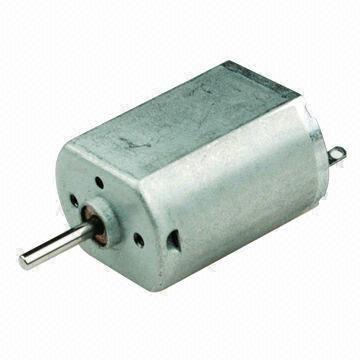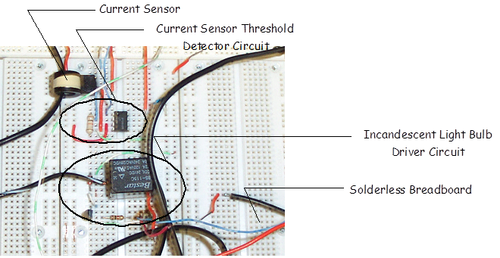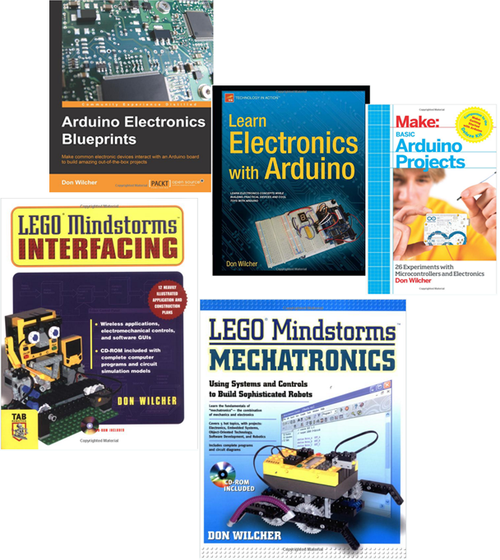Why Engineering Is in My DNA
In celebration and support of Engineers Week, Design News invited its engineer contributing writers to tell their personal stories. In this first installment, contributing writer Don Wilcher reveals why writing about and teaching engineering are so important.
February 22, 2016
[Editor's Note: In celebration and support of Engineers Week 2016, Design News invited its engineer contributing writers to tell their personal stories. And don't forget to read our special readers submission series: Why I Became an Engineer]

My passion for electronics originated when I was a fourth-grader, intrigued by a DC motor shown to me by a fellow classmate in art class. I was so fascinated by this device that I began taking my toys apart that evening to obtain a motor for electrical experiments. I became so obsessed with electrical-electronic things that on Saturdays, I took a spiral notebook to the public library and copied electronics project books by hand so I was able to build the devices at home.
This passion for electronics allowed me to study Electrical Engineering and become the engineer, educator, and author I am today.

Figure 1. My adventure into the world of electrical engineering started in a fourth-grade art class with this DC motor. (Source: Don Wilcher)
My road to engineering wasn’t without drama. There were two mistakes from which I learned the most.
I remember working on an energy-monitoring light dimmer prototype for Hunter Fan where I incorrectly wired an opto-isolator IC on purpose. I knew the circuit wasn’t going to work, but I wanted to see the prototype’s response.
Upon powering the circuit, a small blue flame appeared on my solderless breadboard and quickly extinguished itself. Needlessly to say, I have a charred section on my solderless breadboard based on the missed wired IC which I continued to cover up with an Arduino.

Figure 2. The infamous blue smoke was released from the opto-isolator, used as a Current Sensor Threshold detector, of a 190W limiter prototype circuit. The damaged opto-isolator left a charred spot on the solderless breadboard. (Source: Don Wilcher)
The second mistake I made was touching a partially exposed high-voltage anode cap on a TV picture tube during a high school electronics class.
I was using a high-voltage probe to troubleshoot an old television set’s picture tube. I was unware that the anode cap had a small hole exposing the electrode. When I squeezed the cap to insert the high-voltage probe for a voltage measurement, I was immediately shocked with 15 kV.
For a few seconds, time seemed to stop. It was quite a strange feeling because I could see classmates working on their projects but I wasn’t able to move, due to muscle contraction, or communicate with them. Luckily, the electronics lab’s floor was concrete, thereby creating a ground plane to neutralize the high-voltage energy.
The electrical shock event lasted for a few seconds, but it was a lifelong lesson. I’m quite thankful I wasn’t hurt. From that point forward, I always turn off the power and discharge any voltage/current storage components prior to making repairs or modifications to electronic devices.
As an author, I am particularly proud of the maker books “Lego Mindstorms Interfacing & Mechatronics” (McGraw-Hill) and articles that appeared in “The Solderless Breadbox” column in Nuts & Volts magazine. I’m also proud of my current book titles “Learn Electronics with Arduino,” “Make: Basic Arduino Projects,” and “Arduino Electronics Blueprints.” I’m also proud to be a Design News contributing writer because of the wonderful editorial staff, who are as passionate about their work as I am, spreading leading technology developments, trends, and tools to the engineering community.
I’m especially proud to be a lecturer for Design News’ e-learning Continuing Education Center, the publication’s series of weeklong educational webinars, because I can share my joy and passion of building embedded devices and gadgets with the wonderful readers who sign up and participate with me. I guess, if I had to summarize these projects into two personal categories that I’m truly proud of, it would be my writing and my teaching.
READ RELATED ARTICLES ON DESIGN NEWS:
My educational endeavors allow me to help enrich people’s lives through technology, which to me is the ultimate engineering project.

Figure 3. "LEGO Mindstorms" and Arduino DIY books written by the author. (Source: Don Wilcher)
Three new ideas that have excited me the most lately are:
Open-source hardware: Prototyping platforms like the Raspberry Pi and the Arduino are excellent tools that allow rapid builds of embedded device applications for industrial, education, training, and commercial development spaces.
Physical computing: I’m very interested in developing sensors for the Raspberry Pi. I want to explore new ways of creating physical computers using Pygame and Processing graphics for developing interactive animation devices in technical education, industrial controls, and mechatronics engineering prototyping for Industrial Internet of Things (IIoT, aka Industry 4.0).
Interactive graphics: Processing is a very easy and excellent programming language to quickly code industrial control ideas through graphics and animation. I developed a few Arduino concept projects with the Processing language and wrote about them in my “Make: Basic Arduino Projects” book. I’m also exploring cloud dashboards like ThingWorx and Freeboard to aggregate Raspberry Pi and Arduino based sensor data of industrial controls and mechatronic systems.
As an engineer, the four tools that I can’t live without are:
Oscilloscope
Multimeter
Global Specialities Proto-Board PB 503
Android smartphone and tablet
Don Wilcher is a passionate teacher of electronics technology and an electrical engineer with 26 years of industrial experience. He’s worked on industrial robotics systems, automotive electronic modules/systems, and embedded wireless controls for small consumer appliances. He’s also a book author, writing DIY project books on electronics and robotics technologies. His latest book, Make: Basic Arduino Projects, published by Maker Media, is on the Alabama State Department’s approved Career and Technical Education (CTE) reading list. He’s currently developing 21st century educational training products and curriculum focusing on Internet of Things (IoT) and Industrial Physical Computing for makers, engineers, technicians, and educators. Besides being an Electrical Engineer, he’s a Certified Electronics Technician with ETA International and Alabama State Certified Electronics Instructor.

You May Also Like

.jpg?width=300&auto=webp&quality=80&disable=upscale)

